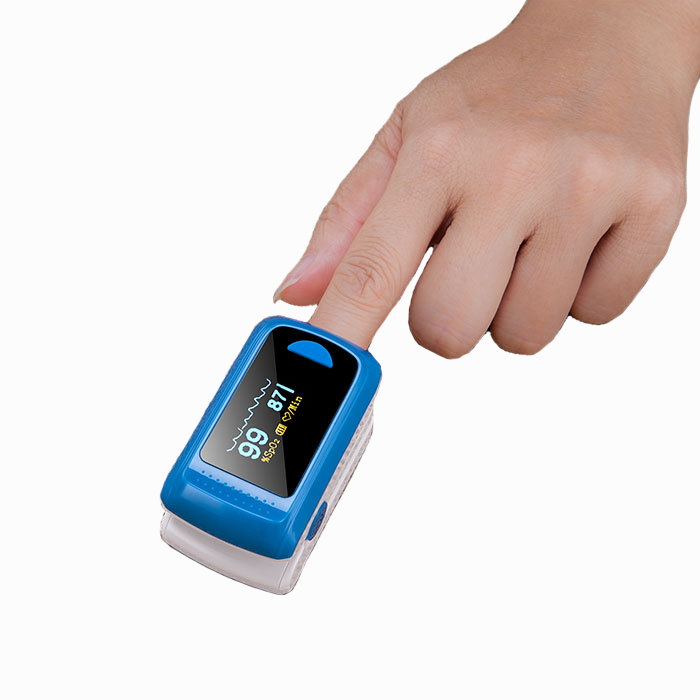1. It is important to know what your baseline oxygen levels are (because not everyone has a perfect oxygen saturation, especially if you have a respiratory disease).
2. If you normally have SpO₂ of 95-99% and your oxygen drops to between 92-95%, and you know you have the virus, you need to contact your GP urgently.
3. If your SpO₂ falls between 88-92% you should go to A&E immediately. If your SpO₂ is usually lower than 95% and you have the virus, ANY drop in SpO₂ is a cause for concern and you should seek help immediately.
The longer you leave asking for help, the worse the risk will be of serious illness.
This information comes from NHS Oximetry@home.
It is clear that generating a “baseline” of information before you catch COVID-19 is important. So, the routine (daily if you can) monitoring and recording your oxygen saturation so that you can show you doctor or nurse, is important evidence to see if you are at risk should your oxygen levels suddenly drop.
For patients with cardiac or respiratory conditions, it is advised that you use your pulse oximeter daily.
Get our Pulse Oximeter3 from here.


